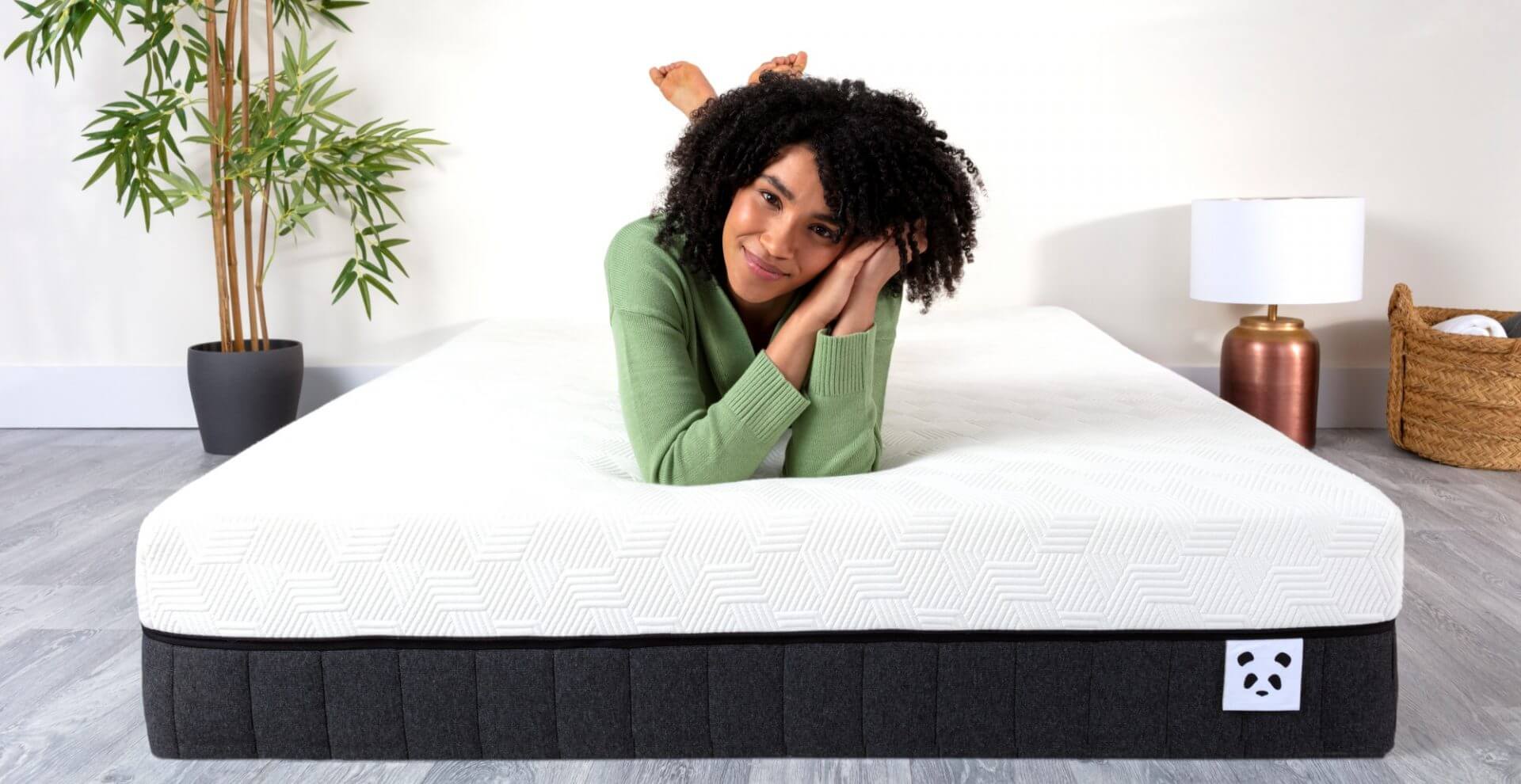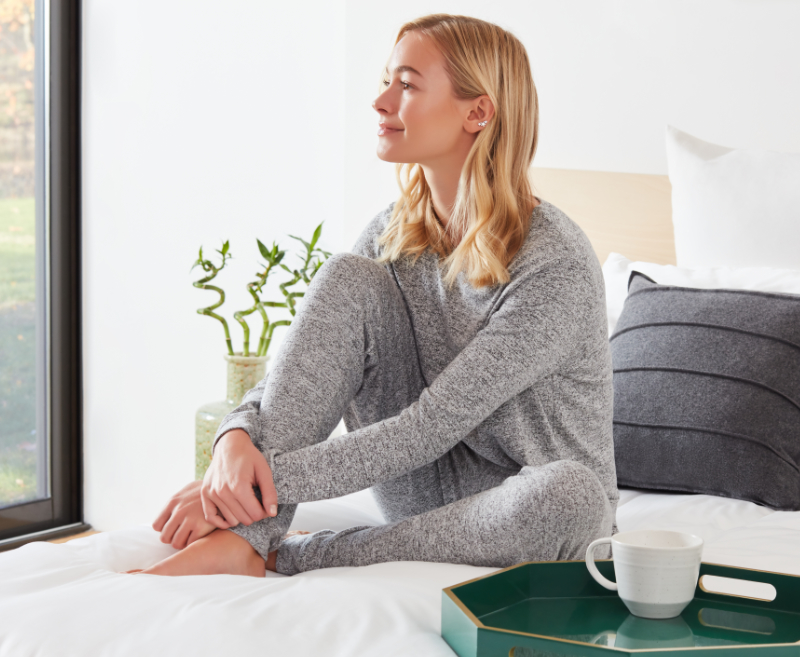Three Big Misconceptions About Being Eco-Friendly
Sustainable choices are being encouraged everywhere we turn, from how we eat and travel to where we shop. While this is great and essential to the future of our planet, there is a lot of confusion surrounding sustainability. This can make it difficult to know where to start. Here are some of the key questions you may be asking yourself about being eco-friendly that can help you live a truly greener lifestyle.
1) Are eco-friendly products more expensive?
The cost of eco-friendly products can vary; in some cases, they may be more expensive than traditional products that are not environmentally friendly. However, this is not always the case, as the price of eco-friendly products can also be competitive or even lower than traditional products, depending on factors such as the materials used, the production process, and the brand. It is also worth considering that the long-term benefits of using eco-friendly products, such as reduced environmental impact and improved health and wellness, can offset any initial higher costs.
Eco-friendly products are made with a more ‘long term’ view. They use renewable natural resources, like bamboo, that are far more durable and won’t need replacing and disposal so soon. Disposable lifestyles have a major impact on climate change.
The cost of investing in products that last is a great move towards responsible consumption that can save you money in the long run, while reducing your carbon footprint.
Many eco-friendly brands often offer initiatives that can offset the slightly higher cost point, such as free delivery and loyalty cards for shopping locally. The products tend to be far higher quality and healthier than processed alternatives. For example, filling up on organic fresh fruit and veg will do wonders for your well-being while sleeping on natural bamboo bedding provides an abundance of benefits for bedtime.
And of course, the most important reason to embrace sustainable living is to protect our planet. Switching to eco-friendly products is one of the best investments you can make toward a greener future.

2) Are luxury goods sustainable?
Something many people are surprised to discover is the harmony between luxury and sustainability. The luxury market is often considered to disregard the environment for profit and privilege, though, in fact, it can be quite the opposite.
Luxury brands are in the spotlight more than ever to adhere to sustainable practices and tend to have the resources and connections to implement them. They play a big role in inspiring responsible consumption with much of their production processes and eco-friendly use of materials. Many luxury brands have ambitious goals towards reducing their carbon footprint and limiting the environmental impact of their business.
Luxury products are made using high-quality materials designed to last, moving us away from the disposable lifestyles that add to landfills. Choosing luxury items you will keep, perhaps even for a lifetime, and get plenty of use out of is often a far more sustainable choice than a cheaper, more convenient option.
When choosing what brands to shop with, look for transparency around their production process, the materials used, and the initiatives they implement for green living. Many luxury brands go above and beyond in promoting an eco-friendly lifestyle. When it comes to being sustainable, luxury is not something you have to compromise.
3) Can I really make a difference?
When taking on the global challenge of climate change it’s easy to get disheartened and ask yourself, can I make a difference? It is the daily lifestyle choices we make that contribute most to global warming. From avoiding buying plastic to reducing the journeys, you take by car, every little decision plays a part in fighting climate change. If you are at a loss where to start; here are some easy ways to implement more sustainable choices into your lifestyle.
Shop consciously – Make an effort to choose eco-friendly brands that use natural, renewable resources, this will reduce your carbon footprint and support sustainable businesses.
Eat green – Switching your diet for more plant-based foods will help reduce the 15% of greenhouse gases caused by the production of meat and animal products.
Walk more – Simply swapping car rides for the bus or walking can reduce the extreme pollution caused by car emissions.
Reduce waste – Moving away from a disposable lifestyle by choosing products that last and taking a less-is-more approach to shopping can help reduce waste and protect the resources of our planet.

A greener tomorrow
Becoming more eco-friendly is a journey we can walk on together. Asking questions and staying curious is the best way to dissolve any confusion you have around sustainability. Living an eco-friendly lifestyle doesn’t have to mean big changes, start small and remember that every choice you make today can help create a greener tomorrow.
